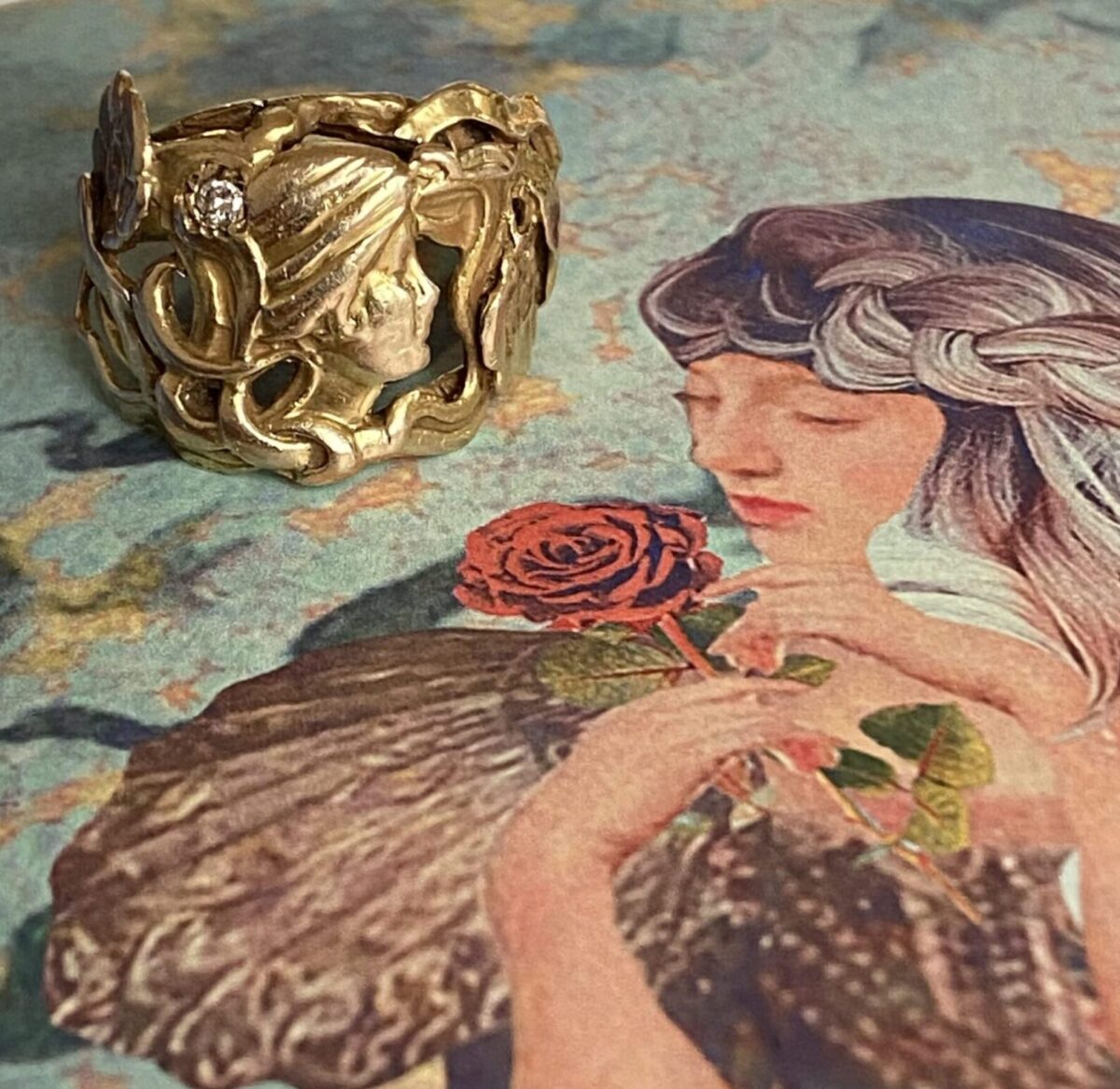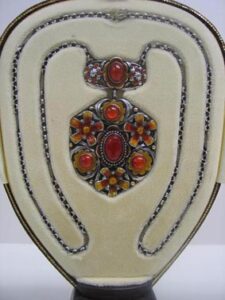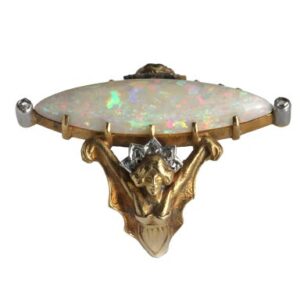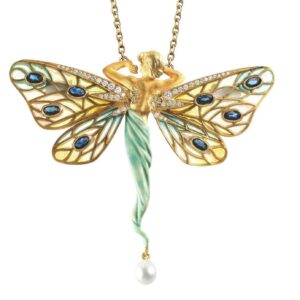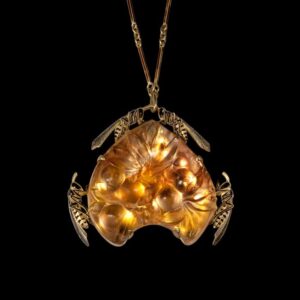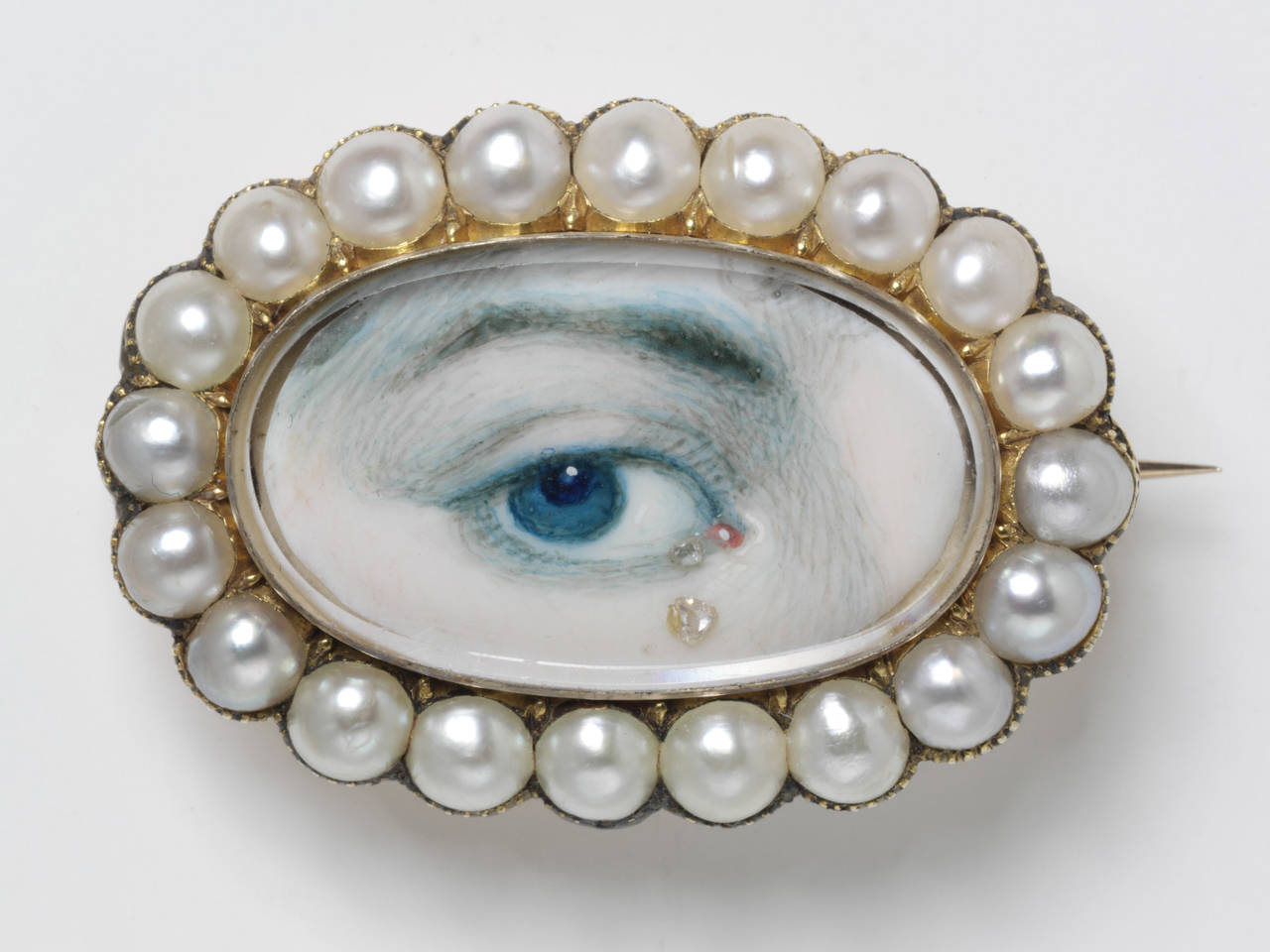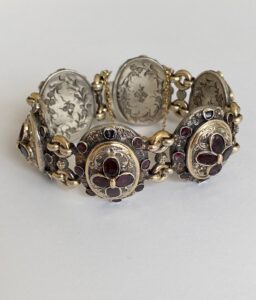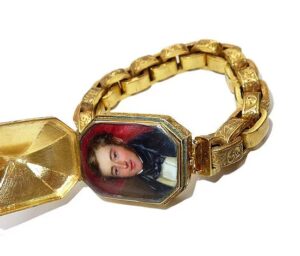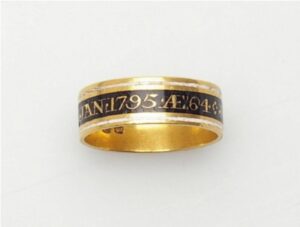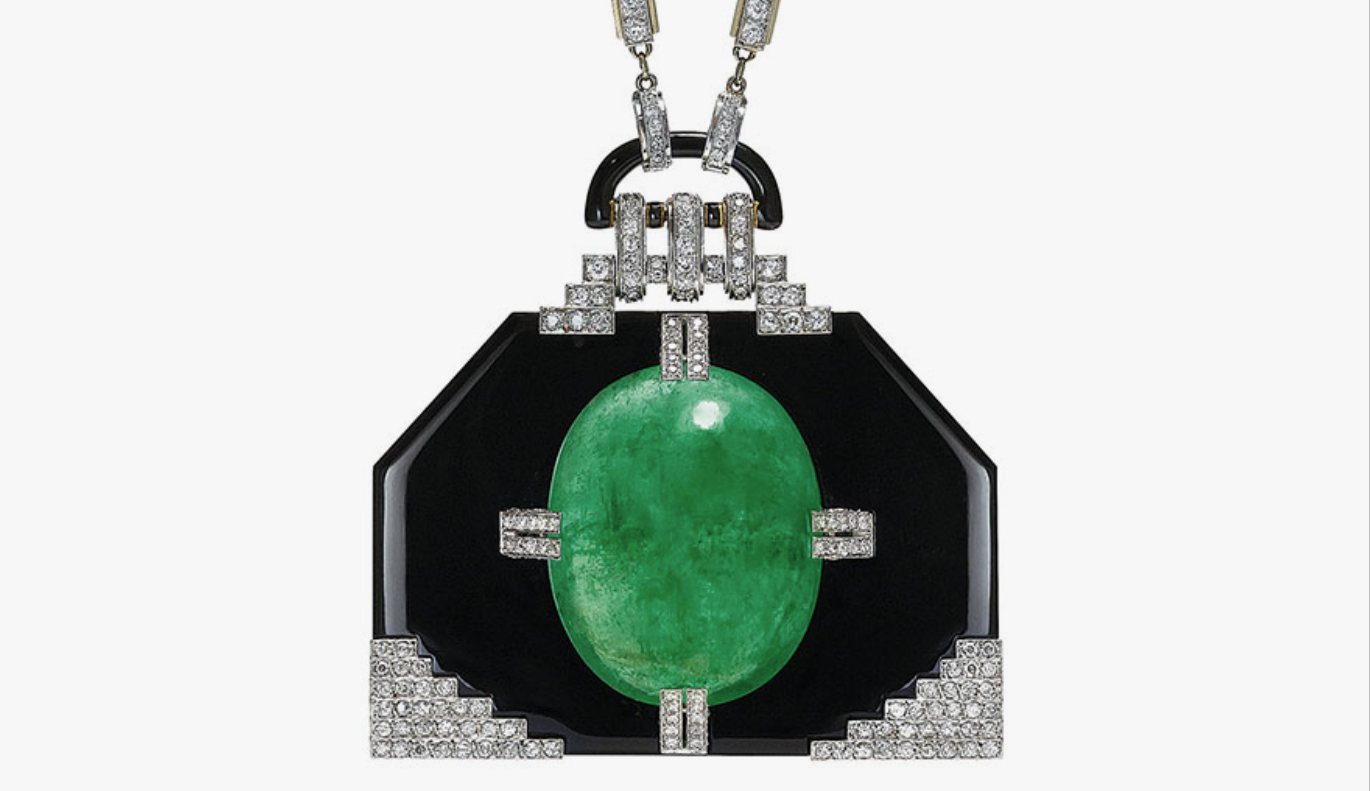
The Art Deco Period (1920-1940)
Another absolute favourite for us here at Anadej and clearly it is a favourite for many!
The Art Deco period came in to being just post the First World War, which saw mass destruction to European cultural centres. There was also a necessary shift to the workforce, with women taking up industrial roles left behind by men called to the front line. The wealth of the nobility and upper classes had been severely dented. This meant there was a revolt against the excesses seen in the Edwardian, Art Nouveau/Belle Epoque eras. Against this background the Art Deco period flourished, with clean, sleek, bold and experimental jewellery all the rage.
People were also after more fun and with the changing fashions (think sleeker, shorter, simpler and no frills or corsets weighing you down), the jewellery also changed. The Art Deco period straddles both the antique and vintage jewellery categories. It is in sharp contrast to the flowing lines and natural symbols of the forerunner, Art Nouveau. During the Art deco period the shapes and styles are typically very angular.
In Art Deco jewellery we find that pieces often feature bold geometric patterns and colours. Sometimes synthetic gems and even plastic took the place of fine gems. We also see more millgrain and filigree, and of course lots of resplendent diamonds! Nothing exemplified this era of wild abandon, and faith in progress more than sprays of diamonds and we are all for it!
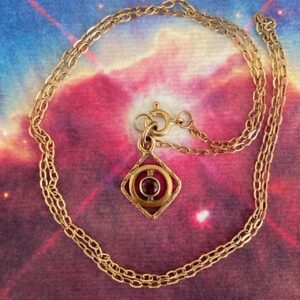

Motifs and symbolism in the Art Deco Period
Popular motifs included geometric patterns as previously mentioned, but jewellers also took inspiration from the wider world or art and culture. The Art Deco era was influenced by styles from around the world and introduced new jewellery trends from Far East Asian motifs and Indian gemstone-carving, to exotic new colourful materials such as lapis lazuli, turquoise, agate and bakelite. The Egyptian revival especially took hold.
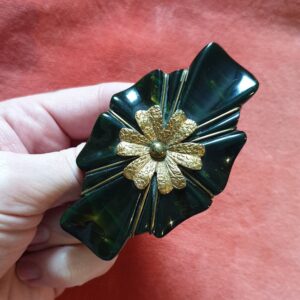
Gem Cutting Styles and Settings in the Art Deco Period
Old mine, old European, and step cuts, as well as new styles of shield shapes and calibre cuts.
Jewellery powerhouse, Van Cleef & Arpels, developed the ‘mystery setting’ or serti invisible this allowed gems to be mounted in such a way that no metal was visible.
Gem cutters developed ways to cut and shape gems in new and exciting ways which meant that wonderful shapes, almost like mosaics could be formed by positioning the different shapes together.
Notable Features of Art Deco Jewellery
Rings
- Art Deco rings were bold and undeniably beautiful and are still much admired and copied today. Often you would see a large coloured precious gem surrounded by tightly packed baguette or calibre cut diamonds.
- Cabochon gemstones were still popular for rings as was filigree work, made popular in the late Edwardian era.
Earrings
- As hair styles shortened in the early Art Deco period the earrings were long and dangly, though mid to late on in the era they were back up to the earlobe and they were often clip earrings. There was a big preference for multi-tasking jewellery, and earrings could often double up as brooches.
Necklaces
- Sautoirs were the necklace style of the era; very long and tied wildly at the front or back and often with a long tassel. Pearl necklaces worn during the day and into the evening were very popular. Pearls were now often cultured or cultivated and therefore more accessible. Indeed, multi-strand pearl or gem bead necklaces with diamond or gem plaques on either side created a festoon effect. The simple diamond riviere was replaced by magnificent bib necklaces adorned with colourful large gems.
Brooches
- Brooches were incredibly popular in the Art Deco era, indeed, you could not have just one brooch and, as with earrings, brooches were often made for multiple-use; as earrings, as dress clips and as a brooch! They were worn on every garment and everywhere.
Hair Ornaments
- The tiara was still a mandatory piece of jewellery for state events, but otherwise the more relaxed and lower slung bandeau was worn. These could also be multiple-use jewellery as often they could also be used as bracelets or necklaces.
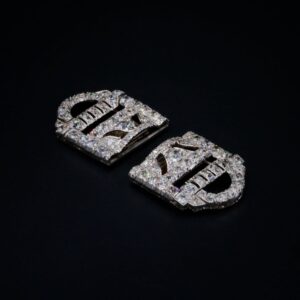
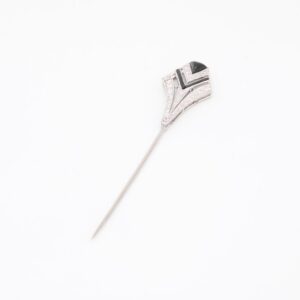
Popular Gemstones in the Art Deco Period
Diamond, emerald, sapphire, ruby, black onyx, crystal (quartz) ivory, jade, mother of pearl, cultured pearls and a plethora of synthetic gems (often made with bakelite).
Metals Used in the Art Deco Period
Platinum, silver, white gold, chrome, and marcasite.
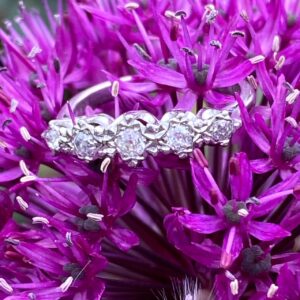

For our range of Art Deco Jewellery, please click here. We are constantly adding new items so do pop back!
Other Resources for more about the Art Deco Era and it’s jewellery
TV: One of my favourite programmes when I was younger was ‘House of Elliot’ – series 1 can be streamed on Amazon Prime in US.
GIA Article: Can be found on this link.
Books:
- Art Nouveau and Art Deco Jewellery: An Identification and Value Guide – Lillian Baker
- Authentic Art Deco Jewelry Designs – Franco Daboni
Other Antique Jewellery Buyers Guides:

